Miki Tanaka
Enhanced Security against Adversarial Examples Using a Random Ensemble of Encrypted Vision Transformer Models
Jul 26, 2023Abstract:Deep neural networks (DNNs) are well known to be vulnerable to adversarial examples (AEs). In addition, AEs have adversarial transferability, which means AEs generated for a source model can fool another black-box model (target model) with a non-trivial probability. In previous studies, it was confirmed that the vision transformer (ViT) is more robust against the property of adversarial transferability than convolutional neural network (CNN) models such as ConvMixer, and moreover encrypted ViT is more robust than ViT without any encryption. In this article, we propose a random ensemble of encrypted ViT models to achieve much more robust models. In experiments, the proposed scheme is verified to be more robust against not only black-box attacks but also white-box ones than convention methods.
On the Adversarial Transferability of ConvMixer Models
Sep 19, 2022
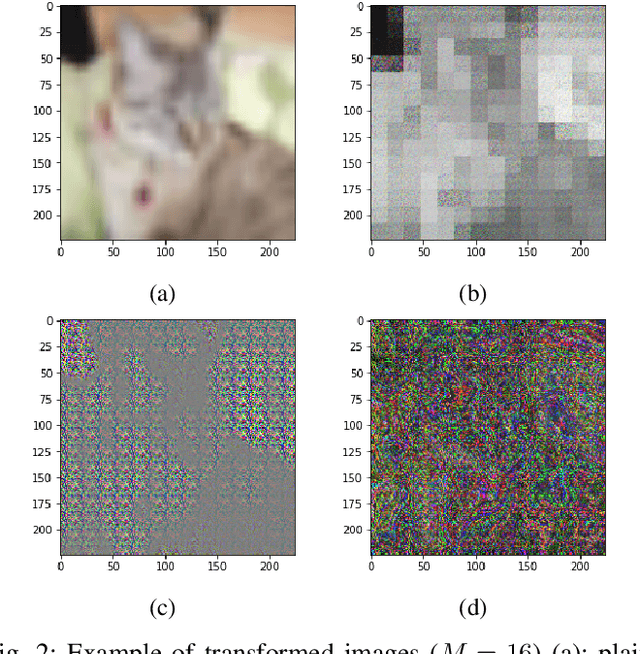
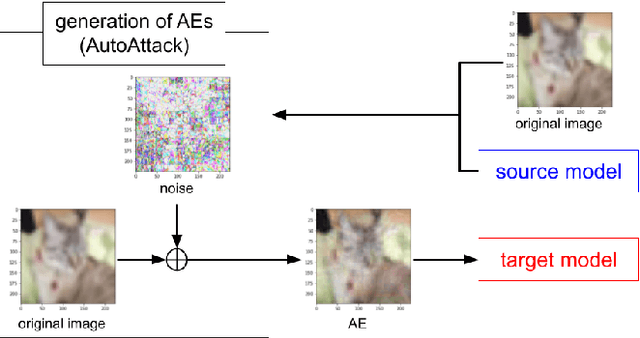
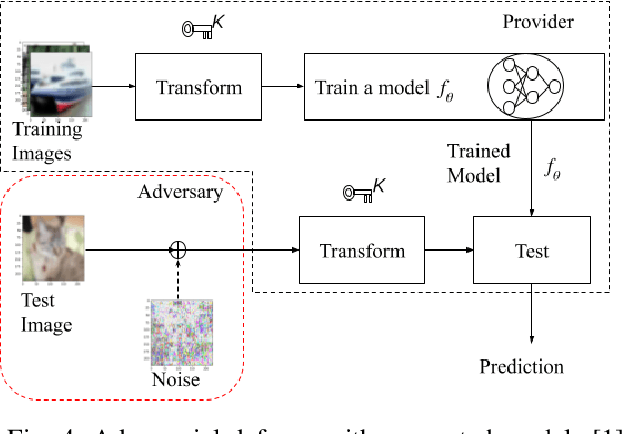
Abstract:Deep neural networks (DNNs) are well known to be vulnerable to adversarial examples (AEs). In addition, AEs have adversarial transferability, which means AEs generated for a source model can fool another black-box model (target model) with a non-trivial probability. In this paper, we investigate the property of adversarial transferability between models including ConvMixer, which is an isotropic network, for the first time. To objectively verify the property of transferability, the robustness of models is evaluated by using a benchmark attack method called AutoAttack. In an image classification experiment, ConvMixer is confirmed to be weak to adversarial transferability.
On the Transferability of Adversarial Examples between Encrypted Models
Sep 07, 2022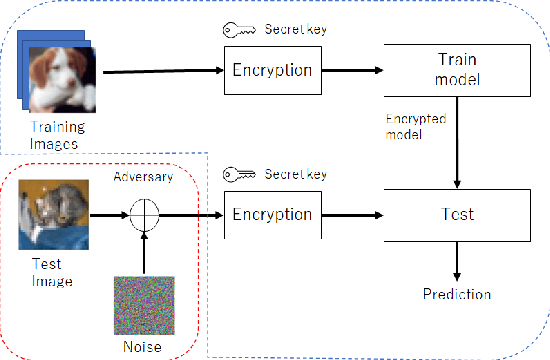
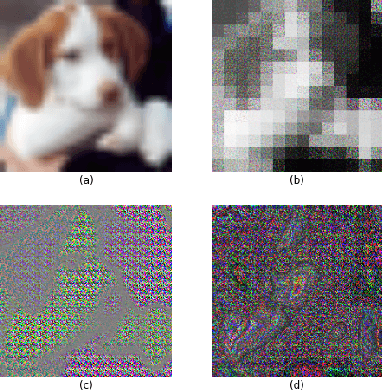


Abstract:Deep neural networks (DNNs) are well known to be vulnerable to adversarial examples (AEs). In addition, AEs have adversarial transferability, namely, AEs generated for a source model fool other (target) models. In this paper, we investigate the transferability of models encrypted for adversarially robust defense for the first time. To objectively verify the property of transferability, the robustness of models is evaluated by using a benchmark attack method, called AutoAttack. In an image-classification experiment, the use of encrypted models is confirmed not only to be robust against AEs but to also reduce the influence of AEs in terms of the transferability of models.
A Detection Method of Temporally Operated Videos Using Robust Hashing
Aug 11, 2022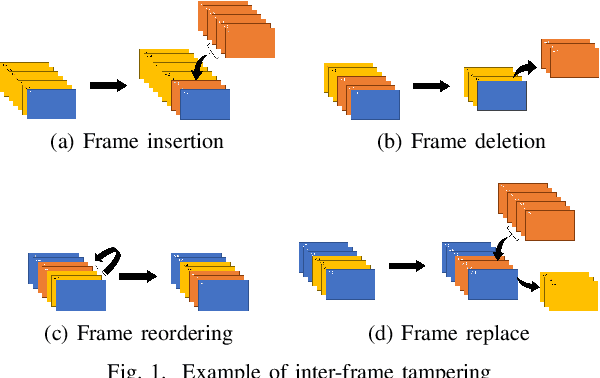
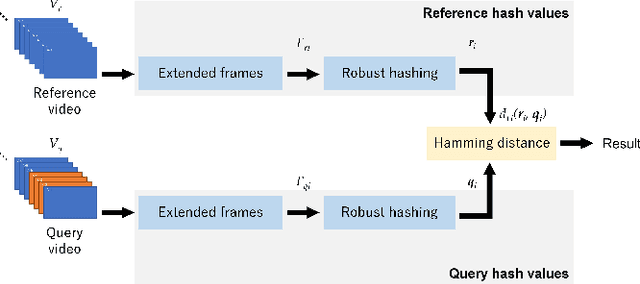


Abstract:SNS providers are known to carry out the recompression and resizing of uploaded videos/images, but most conventional methods for detecting tampered videos/images are not robust enough against such operations. In addition, videos are temporally operated such as the insertion of new frames and the permutation of frames, of which operations are difficult to be detected by using conventional methods. Accordingly, in this paper, we propose a novel method with a robust hashing algorithm for detecting temporally operated videos even when applying resizing and compression to the videos.
A universal detector of CNN-generated images using properties of checkerboard artifacts in the frequency domain
Aug 04, 2021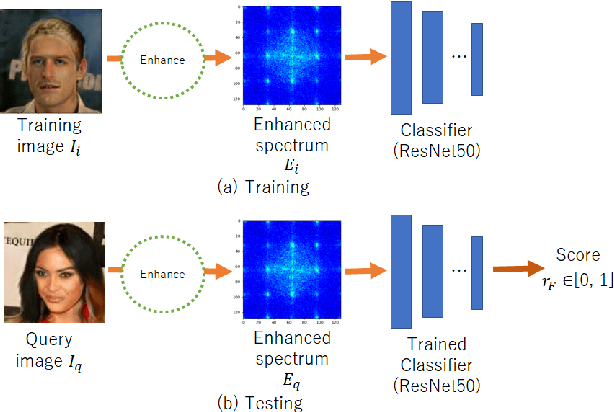
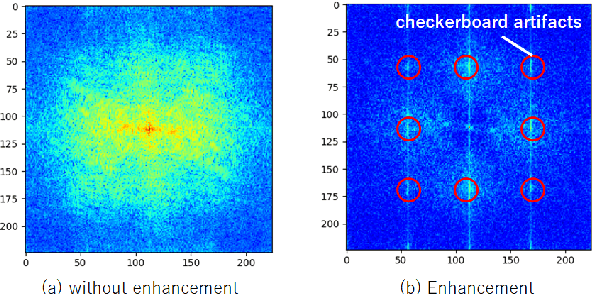
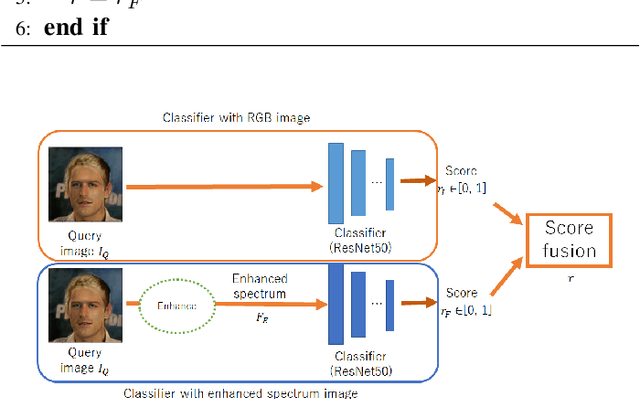
Abstract:We propose a novel universal detector for detecting images generated by using CNNs. In this paper, properties of checkerboard artifacts in CNN-generated images are considered, and the spectrum of images is enhanced in accordance with the properties. Next, a classifier is trained by using the enhanced spectrums to judge a query image to be a CNN-generated ones or not. In addition, an ensemble of the proposed detector with emphasized spectrums and a conventional detector is proposed to improve the performance of these methods. In an experiment, the proposed ensemble is demonstrated to outperform a state-of-the-art method under some conditions.
Fake-image detection with Robust Hashing
Feb 02, 2021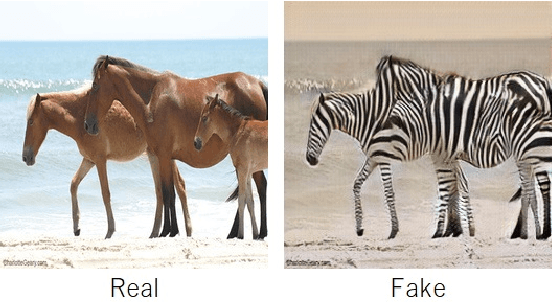
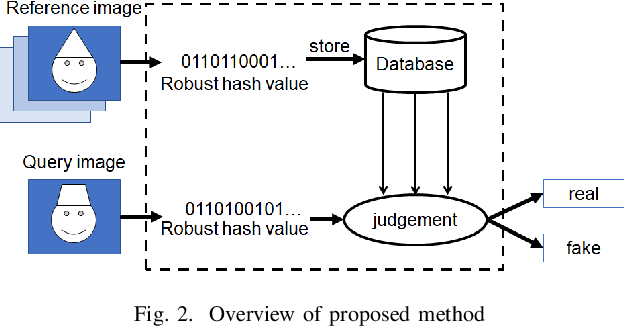


Abstract:In this paper, we investigate whether robust hashing has a possibility to robustly detect fake-images even when multiple manipulation techniques such as JPEG compression are applied to images for the first time. In an experiment, the proposed fake detection with robust hashing is demonstrated to outperform state-of-the-art one under the use of various datasets including fake images generated with GANs.
CycleGAN without checkerboard artifacts for counter-forensics of fake-image detection
Dec 01, 2020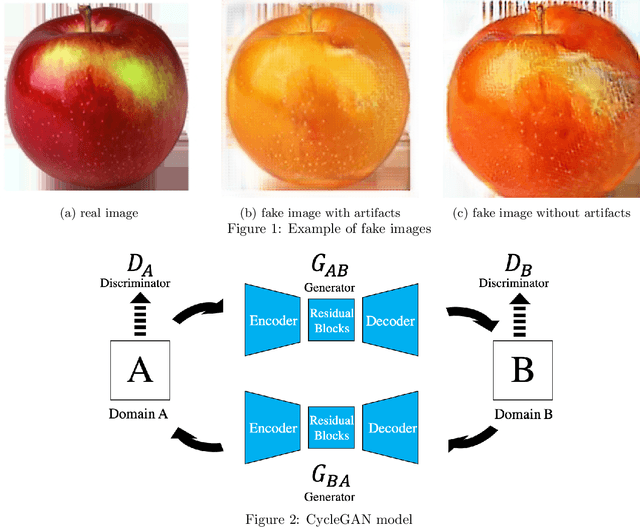

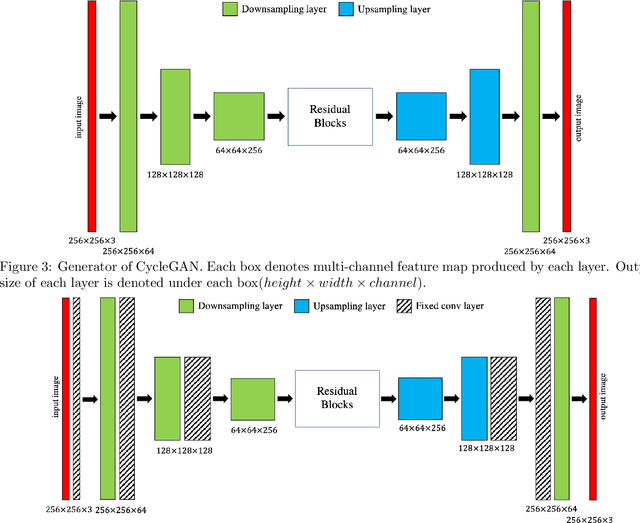

Abstract:In this paper, we propose a novel CycleGAN without checkerboard artifacts for counter-forensics of fake-image detection. Recent rapid advances in image manipulation tools and deep image synthesis techniques, such as Generative Adversarial Networks (GANs) have easily generated fake images, so detecting manipulated images has become an urgent issue. Most state-of-the-art forgery detection methods assume that images include checkerboard artifacts which are generated by using DNNs. Accordingly, we propose a novel CycleGAN without any checkerboard artifacts for counter-forensics of fake-mage detection methods for the first time, as an example of GANs without checkerboard artifacts.
 Add to Chrome
Add to Chrome Add to Firefox
Add to Firefox Add to Edge
Add to Edge